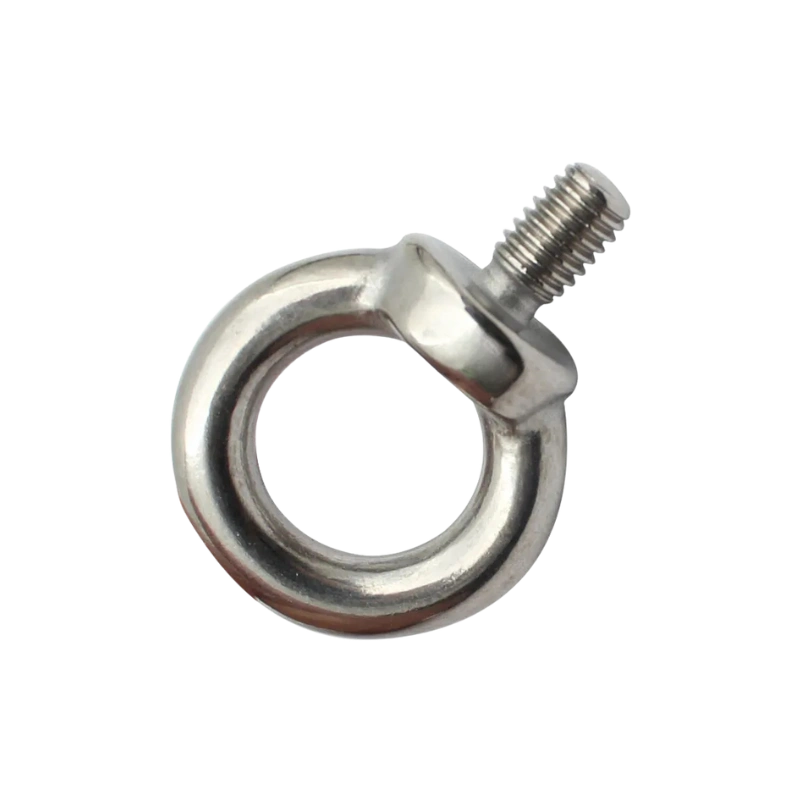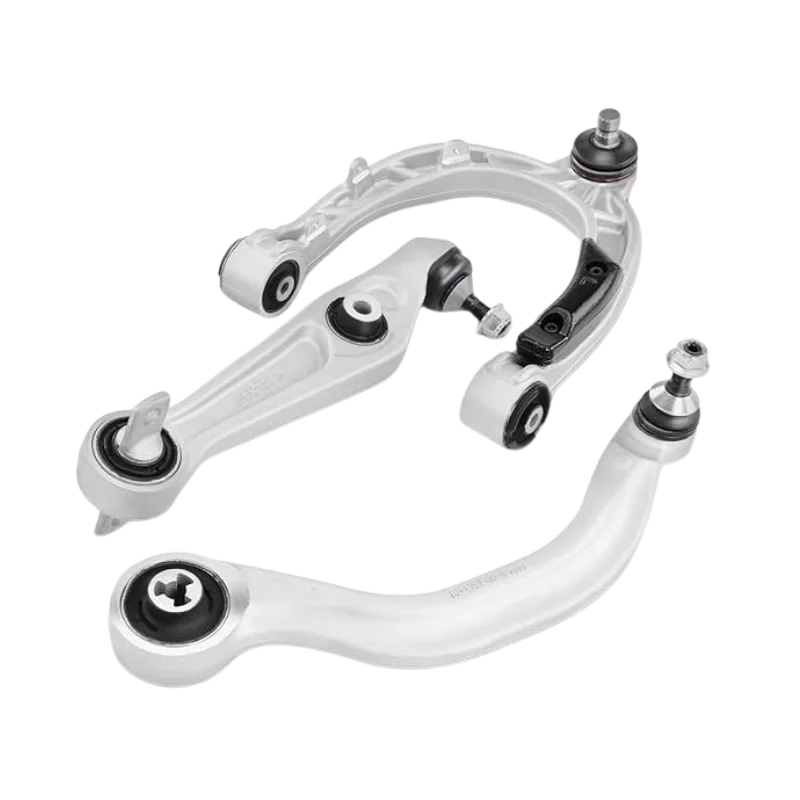
High Strength Forging Pipe Fitting Manufacturer
Fully customizable forging pipe fitting supplier in China. One-stop industrial solution from mold manufacturing, mass forging production, to final finishing.
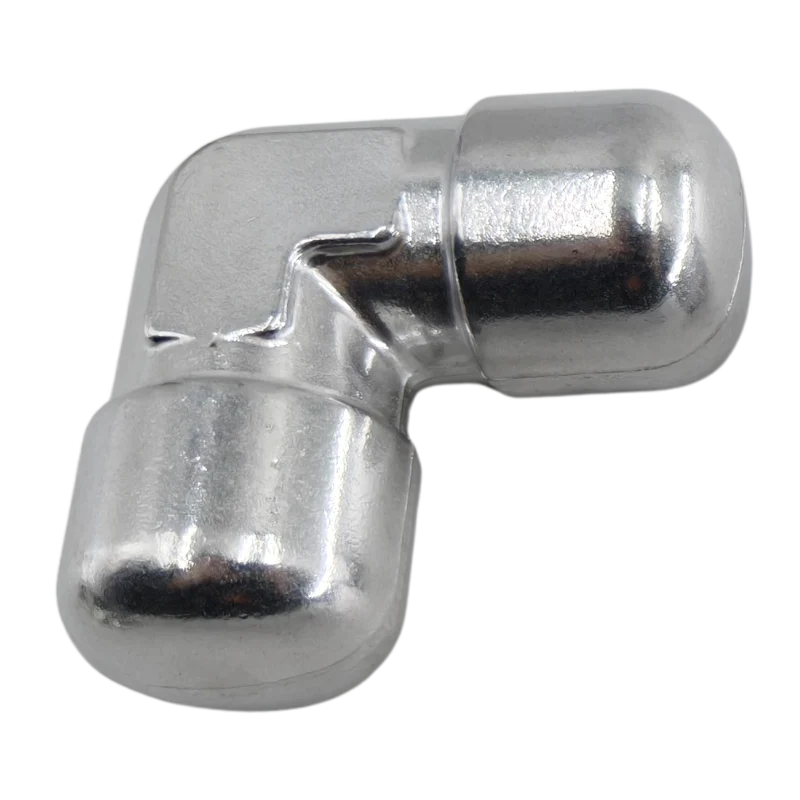






Types of Forged Pipe Fittings
HDC forges any type of pipe fittings to meet your specific project needs. Here are the common types:
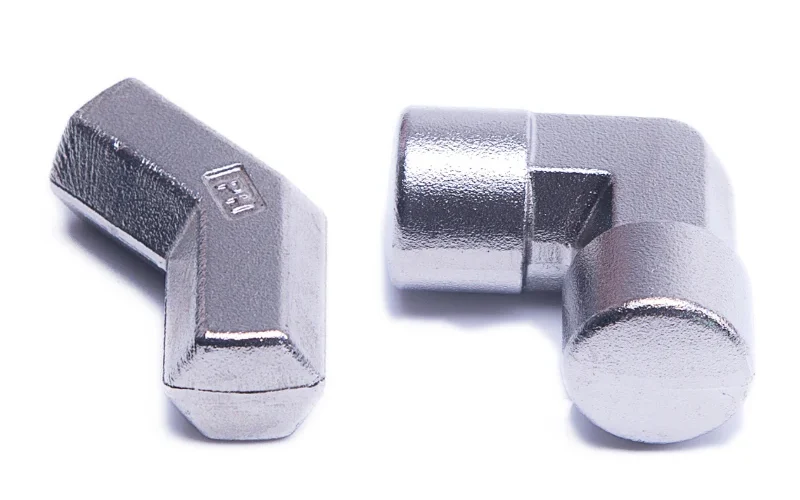
Forged Elbow
An elbow is designed to connect two pipes at a desired angle. A standard one usually has an angle of 90° or 45°. You can also customize any angle at HDC for your project.
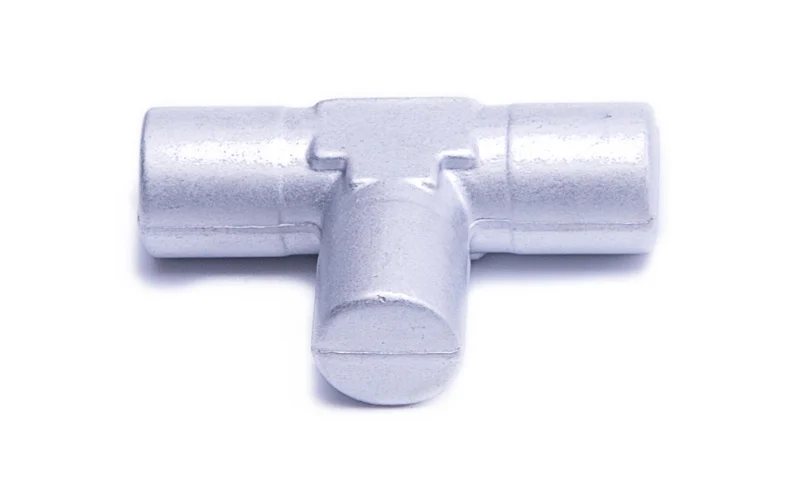
Forged Tee
A forged tee allows three pipes to be connected at a 90° angle to distribute or collect fluid. Except for the standard 90° tee, HDC can also manufacture 45° or 60° tees as per your specification.

Forged Cross
A forged cross is built to connect tubes from four directions. It’s mainly used in multi-directional flow systems or connector for a pipe frame. HDC offers both flat and corner 4-way forged fittings.
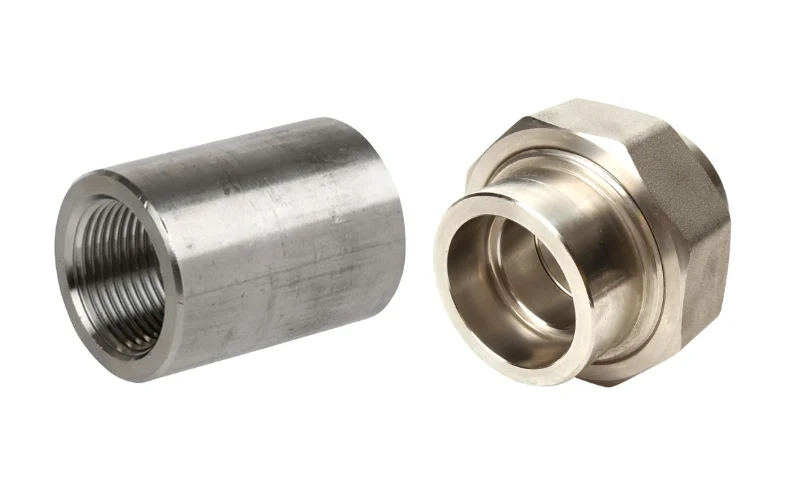
Forged Union & Coupling
A union and a coupling are both used to connect two pipes. The key difference is that a union can be easily taken apart for maintenance, while a coupling provides a more permanent connection.

Forged End Cap
As the name suggests, an end cap is used to close off the end of a pipeline, ensuring a secure and leak-free seal. Both threaded, welded, and hex head caps are available at HDC.

Forged Reducer
If you need a fitting to connect pipes with different diameters, then a forged reducer is your go-to choice. Whether you need a 3-way, 4-way, or 5-way reducer, HDC can forge for you with no doubt.
Forging Pipe Fitting Materials
At HDC, we can forge pipe fittings with over 30 grades of metals.
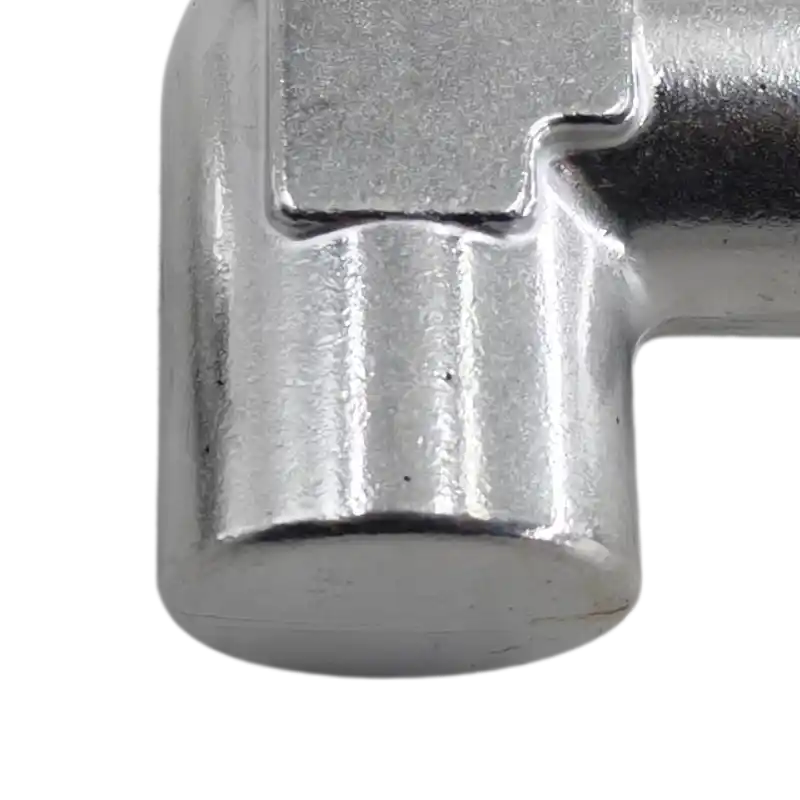
Нержавеющая сталь
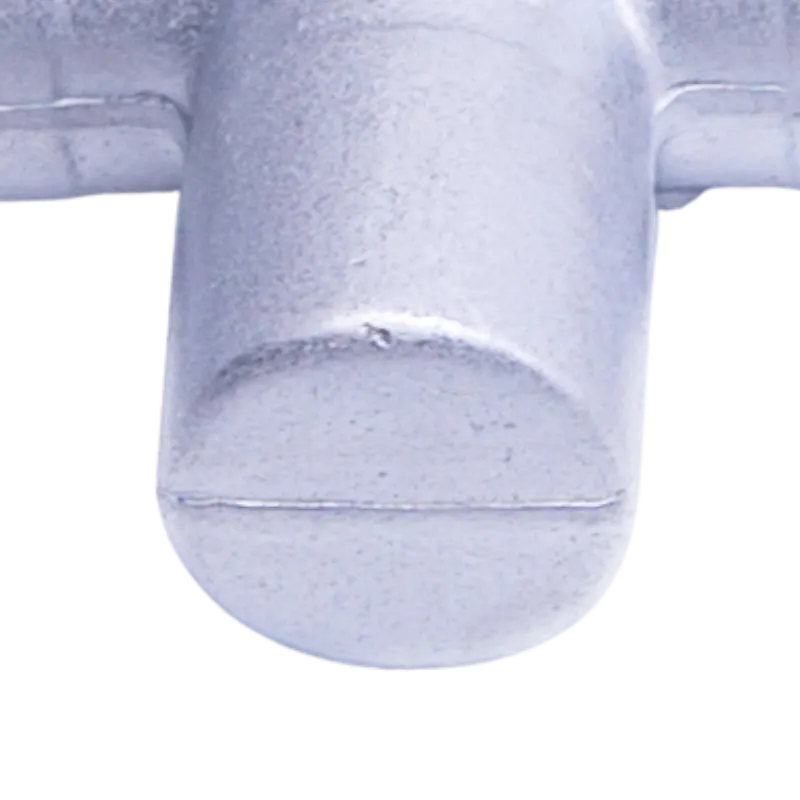
Алюминиевый сплав
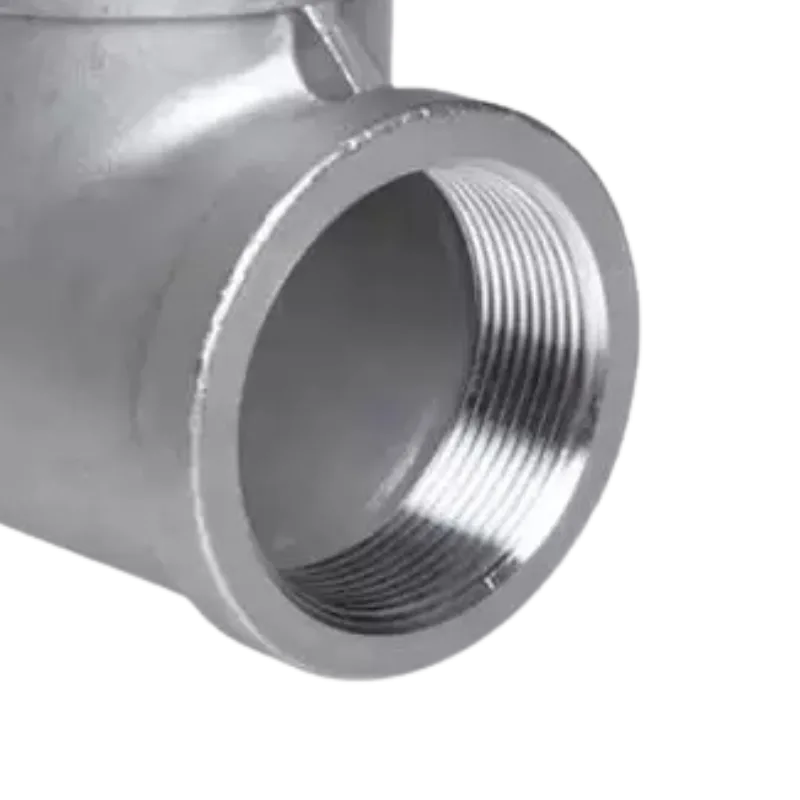

Латунь
Brass is a copper alloy mainly composed of Zn. It’s favored in pipeline systems due to its natural rust resistance, good machinability, and golden shiny look. Brass grades like C37700 and C37800 are the common types HDC uses for forging pipe fittings.

Никелевый сплав
Pipe fittings made of nickel alloy can withstand extremely harsh environments, such as high temperature (>600°C), highly corrosive conditions, and high pressure. Инконель 625, Монель 400, and Incoloy 825 are the most commonly seen nickel alloys for forging pipe fittings.
Finishes & Post Processing for Pipe Fitting
HDC offers a wide range of surface finishes for forged pipe fittings.

| Обработка поверхности | |
|---|---|
| Травление и пассивация | Removes scale and oxide layer to restore metallic luster. |
| Пескоструйная обработка | Cleans and roughens the surface for better coating adhesion. |
| Дробеструйная обработка | Produces a uniform matte surface and enhances fatigue strength. |
| Покрытие | |
| Гальваника | Adds a protective or decorative metal coating to enhance corrosion resitence and appearance. We offer all common coatings, which including: Zinc Plating, Nickel Plating, Chrome Plating |
| Анодирование | Forms a durable oxide layer for corrosion and wear resistance. Mainly for titanium and aluminum. Type Ⅱ and type Ⅲ anodizing is available. |
| Black Oxide (Blackening) | Improves corrosion resistance and provides a dark appearance. |
| Обработка с ЧПУ | |
|---|---|
| Boring | Enlarges or finishes internal holes to precise dimensions. |
| Thread Cutting | Creates internal or external threads according to standard sizes. |
| Facing | Smooths and squares the end surface for accurate fitting. |
| бурение | Produces clean holes for fluid or bolt connections. |
| Turning / Milling | Achieves final dimensions, surface finish, and tolerance. |
Size & Tolorance Specifications
Check our manufacturing capabilities for forging pipe fittings, including weight, size, and tolerance.
| Forging Weight Range | 0.03 kg – 30 kg | Applicable for small to medium-size forged pipe fittings. |
| Forging Press Capacity | 160T – 4000T | Covers a wide range of metal forming requirements. |
| Внешний диаметр (OD) | Up to 300 mm | Custom sizes available upon request. |
| Толщина стен | 3 mm – 50 mm | Depends on design and material. |
| Length / Overall Size | Up to 400 mm | Can vary based on part geometry. |
| Dimensional Tolerance (Forged) | ±0.5 mm – ±1.0 mm | Standard as-forged tolerance before machining. |
| Dimensional Tolerance (After Machining) | ±0.01 mm – ±0.05 mm | Achieved through CNC precision machining. |
| Thread Accuracy | Up to Class 3A/3B (ANSI) or ISO 6H | Internal and external threading per international standards. |
| Шероховатость поверхности (Ra) | Ra 0.8–3.2 μm | Depending on machining and finishing process. |
Advantages of Forging Pipe Fitting
Why do you need a forged pipe fitting instead of casting and CNC machining? Here is the answer.
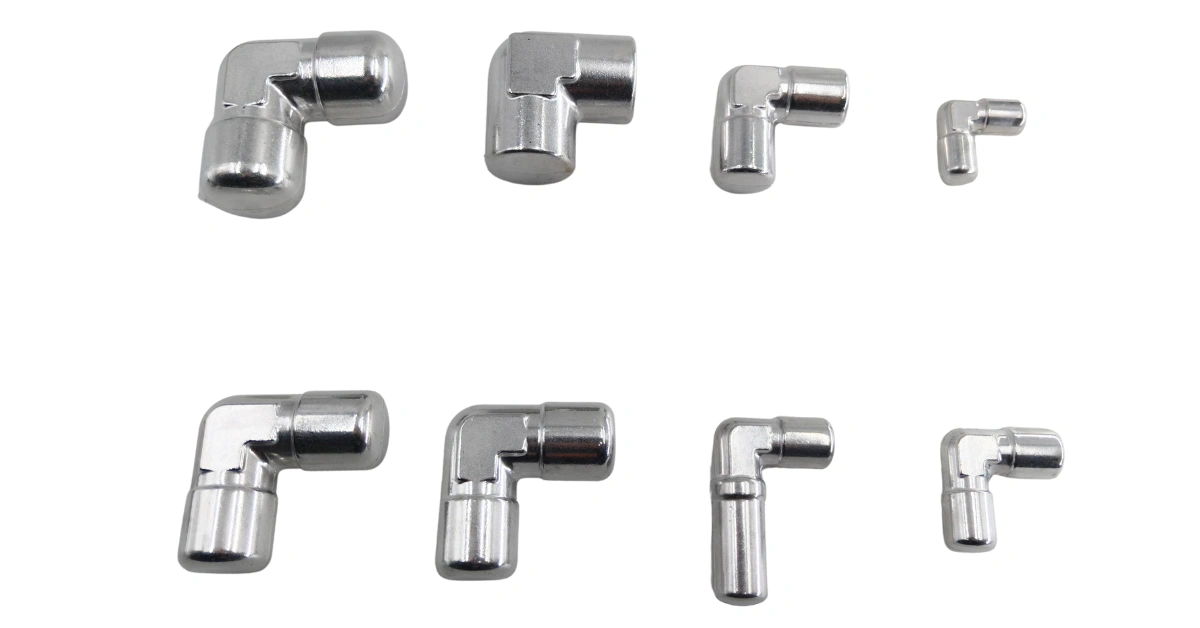
Compared to casting and CNC machining pipe fittings, forged pipe fittings do give several advantages that you need to consider, especially when your projects require a stable and high-performance fitting solution.
- Высокая прочность: Forging refines the metal’s grain structure and aligns the grain flow along the fitting’s contour, forming a continuous fibrous structure that enhances tensile strength, impact resistance, and fatigue life.
- Few internal defects: Forging can eliminate internal defects like porosity or shrinkage cavities that may appear in casting or the billet used in CNC machining.
- Cost saving in mass production: Casting needs a long production run, while CNC wastes too much material in machining asymmetry pipe fittings. But with forging, you can produce near-net shape blanks in seconds that require minimal CNC finishing to achieve final products. This can significantly reduce costs in the mass production of high-quality pipe fittings.
- Material variety: Forging can process most materials you can find on the market, such as stainless steel, aluminum alloy, titanium, and copper alloy etc.
- Long service life and better safety: Benefit from the high strength and dense grain structure, forged pipe fittings are more reliable under long-term high pressure, high temperature, and cyclic loading conditions.
How HDC Forge Your Pipe Fitting
At HDC, we use close die forging to fabricate pipe fittings for your project.
As a professional forging manufacturer, HDC follows a standard procedure to customize forging pipe fittings for customers. Here is the whole process from receiving your order to final shipping:
- DFM Review & Mold Manufacturing: After receiving your order, we’ll first evaluate the manufacturability of your design and advise from our professional perspective. Next, we manufacture the mold used for close die forging through our in-house 4-axis and 5-axis CNC machine.
- Material Preparation and Forging: We test every batch of materials to confirm the composition and physical properties. Then cut the raw materials into a proper size, heat them to a desired temperature, and finally forge them using our automated forging line to get the billet.
- Термическая обработка: We heat-treat the billet to enhance its strength, hardness, and wear resistance by aging, tempering, and solution, etc.
- Обработка с ЧПУ: After heat treatment, the billet will undergo a series of machining processes to achieve the shape and tolerance, which include facing, превращение, boring, drilling, tapping, and chamfering etc.
- Обработка поверхности: At this step, we will coat the pipe fittings with the finishes that you require.
- Inspection & Packaging: Finally, we inspect the final product by CMM and Fluorescent Penetrant Inspection Line(FPI) to ensure the quality. Then the fittings will be carefully packed, shipped to your door by air or sea.
Контроль качества
HDC’s quality control goes through the whole process of manufacturing, from raw material to final product.
- Спектрометр: Inspect the chemical composition of the metal before forging.
- Hardness and Tensile Strength Tester: Make sure the physical properties meet your requirements.
- Линия флуоресцентного проникающего контроля(FPI): Identify inner defects, such as cracks and porosity, after forging.
- Координатно-измерительная машина (CMM): Inspect the complex geometries and key dimensions such as assembly surfaces, sealing surfaces, threaded holes, and mating holes of a pipe fitting. Ensuring the product can seamlessly integrate into your project.
Need Customized Forged Pipe Fitting?
Need customization of forged pipe fittings, but know nothing about manufacturing? Contact us for technical advice or a personalized quote.
Часто задаваемые вопросы
What forging process does HDC use to forge pipe fittings?
We use close die forging to produce pipe fittings. With our forging press and screw press, HDC can offer you hot forging and cold forging for manufacturing pipe fittings.
What is a forged pipe fitting?
A forged pipe fitting is made by shaping a solid metal billet under high pressure, typically the close die forging.
First, the billet is heated to a certain temperature, and then it is placed between the upper die and lower die that are installed on a forging press. Next, the press pushes the two halves together; the billet in the middle is squeezed to fill the die cavity and form a billet that is the same shape as the final product.
Then the billet is finished by CNC machining to achieve the desired dimension and tolerance, which includes end milling, tapping, drilling, threading, and turning.
What is the ASME standard for forged fittings?
Most forged fittings follow ASME B16.11, which sets rules for socket-weld and threaded fittings. It defines size, pressure rating, and tolerance, ensuring every fitting fits and performs safely in industrial systems.
What is the difference between cast and forged pipe fittings?
Cast fittings are made by pouring molten metal into a mold to form the final product directly. That means it requires minimal post-finishing and can produce fittings that are hard to achieve through other processes, such as thin-wall and inner structures.
While the forged fittings are shaped by compressing heated solid metal. This makes it have higher strength and last longer in high-load applications.
What is the difference between wrought and forged pipe fittings
Wrought fittings are shaped by rolling or extrusion. Forged fittings are formed by pressure in a closed die. Forged ones are generally stronger and used in heavy-duty or high-pressure applications.
What are the three types of pipe fittings?
The main types are butt-weld, socket-weld, а также threaded fittings. Butt-weld connects pipes by welding ends, socket-weld uses a socket joint, and threaded fittings screw together for easy assembly.
What is an example of a forged fitting?
Common examples of forged fittings include elbows, tees, couplings, unions, reducers, and caps. These parts are used to connect, extend, or change the direction of pipe systems. HDC can manufacture any of these types through closed-die forging followed by precision CNC machining according to customer drawings.
сопутствующие товары

